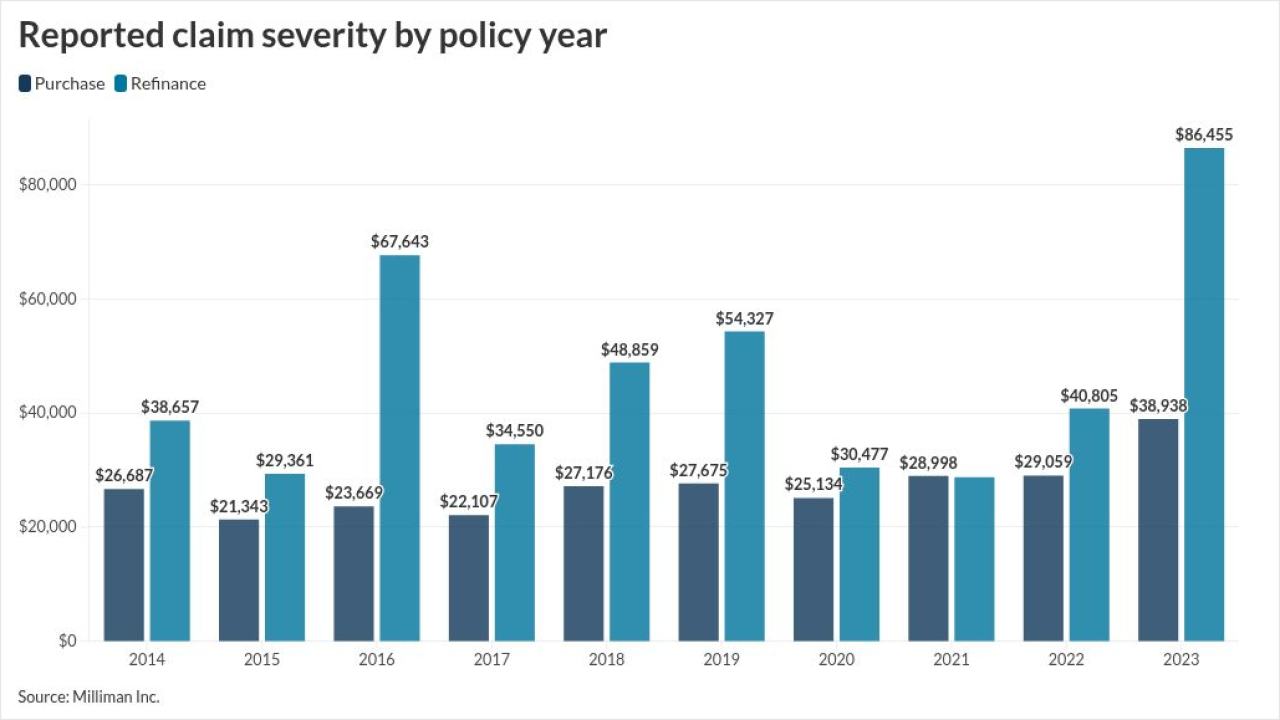The commercial drone regulations finalized this week by the U.S. Federal Aviation Administration, which simplify the rules about operating the unmanned crafts, were generally welcomed by insurers, although one major carrier was not satisfied with one of the operational guidelines.
The new instructions, which were released Tuesday and go into effect in late August, cover aircraft weighing less than 55 pounds and when used for “non-hobbyist operations.” The FAA is allowing drones to be flown below 400 feet from the ground and more than five miles from airports without agency permission – as long as the operator has the craft in sight at all times. This will allow carriers to more freely operate the crafts for building inspections and insurance claims.
In addition, operators are no longer required to have a pilot’s license – only a FAA remote pilot airman certificate – but the person at the controls must be at least 16 years old. Relaxing the restriction will allow more people to fly the crafts and enable insurers to put more in the air.
“The FAA is loosening the belt some, which will be promising for the future,” said Kristina Tomasetti, director of strategic innovation at USAA. “It showed it is open to feedback.” USAA, however, is looking for a clearer definition from the FAA on visual line of sight. “We’ll continue to ask why visual line of sight is necessary, given that tech and risks are minimal,” said Tomasetti.
In response, an FAA spokesperson said visual line of sight is a safety issue. “You can’t keep it safely away from other aircraft, buildings or people on the ground if you can’t see it.” Insurance companies foresee drones as a means for roof inspection and scene investigation after natural disasters, resulting in expedited claims estimates for customers. A recent FAA forecast projects 7 million small drones could be flying national airspace by 2020. For now, insurers, like many other industries, remain in the testing phase.
“The technology is changing all the time. Every several months there's newer drones with longer battery life, auto avoidance systems, enhanced geofencing [software defining geographical boundaries], and more,” said Pat Gee, SVP of claims at the Travelers. “We’re carefully watching the progress of the software of the technology.”





